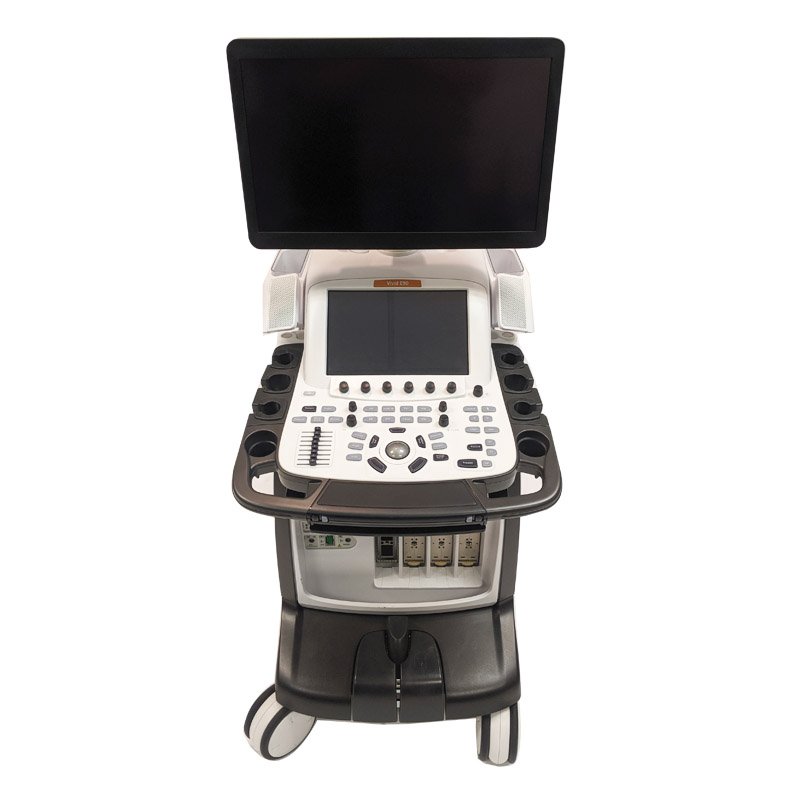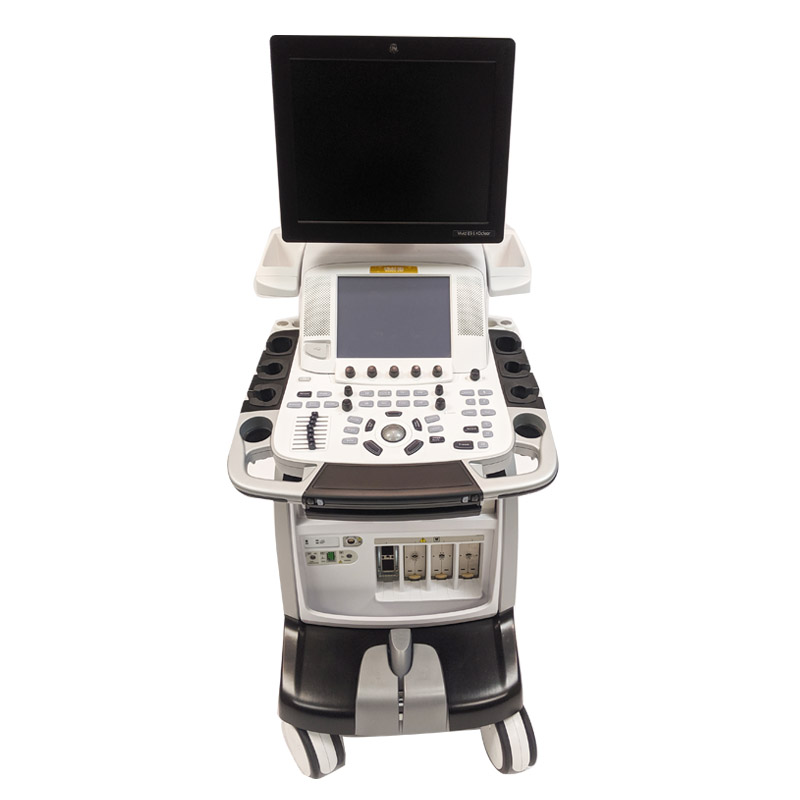Machines, Ultrasound
Understanding the Difference Between Echo Machine and Ultrasound Machine
Medical imaging plays a crucial role in diagnosing and monitoring various health conditions, and both echo machines and ultrasound machines are essential tools in this field. However, these two devices have distinct applications and utilize different imaging techniques. In this article, we’ll explore the key differences between echo machines and ultrasound machines to provide a better understanding of their roles in the medical field.
Echo Machine: A Closer Look
What is an Echo Machine?

An echo machine, also known as an echocardiogram or cardiac ultrasound machine, is a specialized device used primarily for imaging the heart and its surrounding structures. It employs the technique of echocardiography, which uses sound waves to produce real-time images of the heart’s chambers, valves, and blood flow patterns. Echocardiography is a non-invasive and safe procedure, making it an invaluable tool for assessing cardiac function and identifying heart abnormalities.
Applications of Echo Machines
Echo machines are commonly used to diagnose and monitor various heart conditions, such as:
- Valve Function: Echocardiography assesses the functionality of heart valves, detecting conditions like valve stenosis or regurgitation.
- Cardiac Wall Motion: Echo machines evaluate the movement of the heart’s walls, detecting any abnormalities that may indicate heart muscle damage or cardiomyopathies.
- Congenital Heart Defects: Echocardiography aids in diagnosing and monitoring congenital heart defects in infants and children.
- Pericardial Effusion: This imaging technique can identify the presence of excess fluid around the heart, known as pericardial effusion.
Ultrasound Machine: An Overview
What is an Ultrasound Machine?
An ultrasound machine is a versatile medical imaging device used to visualize various internal structures within the body. Unlike echo machines, which are specialized for cardiac imaging, ultrasound machines can be used to examine different organs and tissues, including the liver, kidneys, gallbladder, uterus, and blood vessels. Ultrasound imaging, also known as sonography, relies on high-frequency sound waves to generate real-time images.
Applications of Ultrasound Machines
Ultrasound machines have a wide range of applications across multiple medical specialties, such as:
- Obstetrics and Gynecology: Ultrasound is commonly used for prenatal imaging, monitoring fetal development, and diagnosing gynecological conditions.
- Abdominal Imaging: Ultrasound assesses the liver, kidneys, spleen, and other abdominal organs for abnormalities or pathologies.
- Vascular Imaging: Ultrasound helps evaluate blood flow, detect vascular conditions, and guide procedures like vascular access and sclerotherapy.
- Musculoskeletal Imaging: Ultrasound is used to visualize muscles, tendons, ligaments, and joints, aiding in the diagnosis of sports injuries and musculoskeletal disorders.
Key Differences Between Echo Machines and Ultrasound Machines
1. Imaging Focus
The primary difference between echo machines and ultrasound machines lies in their imaging focus. Echo machines are specialized for imaging the heart and its structures, while ultrasound machines have a broader range of applications, covering various organs and tissues.
2. Specialization vs. Versatility
Echo machines are highly specialized devices primarily used for cardiac imaging. In contrast, ultrasound machines are versatile tools used to visualize multiple body parts and systems, making them applicable across various medical specialties.
3. Transducer Type
Both echo machines and ultrasound machines use transducers to emit and receive sound waves. However, echo machines typically use transesophageal or transthoracic transducers, which provide clearer imaging of the heart due to their proximity to the organ. Ultrasound machines use a variety of transducers, each suited for specific imaging needs, such as linear transducers for musculoskeletal imaging and convex transducers for abdominal imaging.
While both echo machines and ultrasound machines utilize sound waves for imaging, they serve distinct purposes in the medical field. Echo machines specialize in non-invasively imaging the heart and assessing cardiac function, making them invaluable tools for cardiologists and other heart specialists. On the other hand, ultrasound machines offer a broader range of applications, allowing healthcare professionals to visualize and diagnose various organs and tissues throughout the body. Understanding the differences between these two imaging devices helps medical professionals choose the most suitable tool for their specific diagnostic needs.

